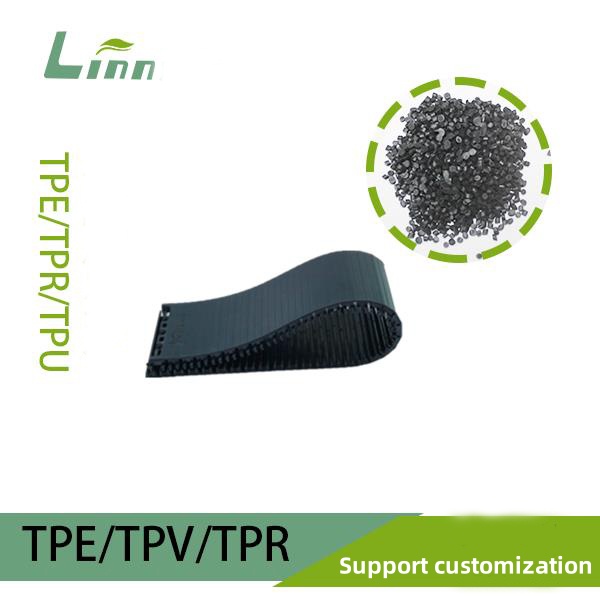Pull out a TPE gadget—like that squishy phone grip or the bendy seal on your kitchen tool—and after a few weeks of real life, does it look grimy, stained with fingerprints and mystery smudges that wipe away but creep back? If you’re nodding, you’re tapping into a common gripe I’ve heard echoed in workshops and client calls over my 25-plus years wrestling with elastomers. People dive into this question because they’re eyeing TPE for consumer products, worried it attracts dirt like a magnet, turning fresh-out-of-mold shine into a dingy disappointment. The intent? Figuring out if TPE lives up to hype in messy environments, solving issues like visible soil buildup that screams low quality or hygiene fails. From my bench tests to factory floors, I’ve seen TPE unfairly bashed for dirt woes, but truth is, it’s not inherently a dirt trap—context and tweaks make all the difference.
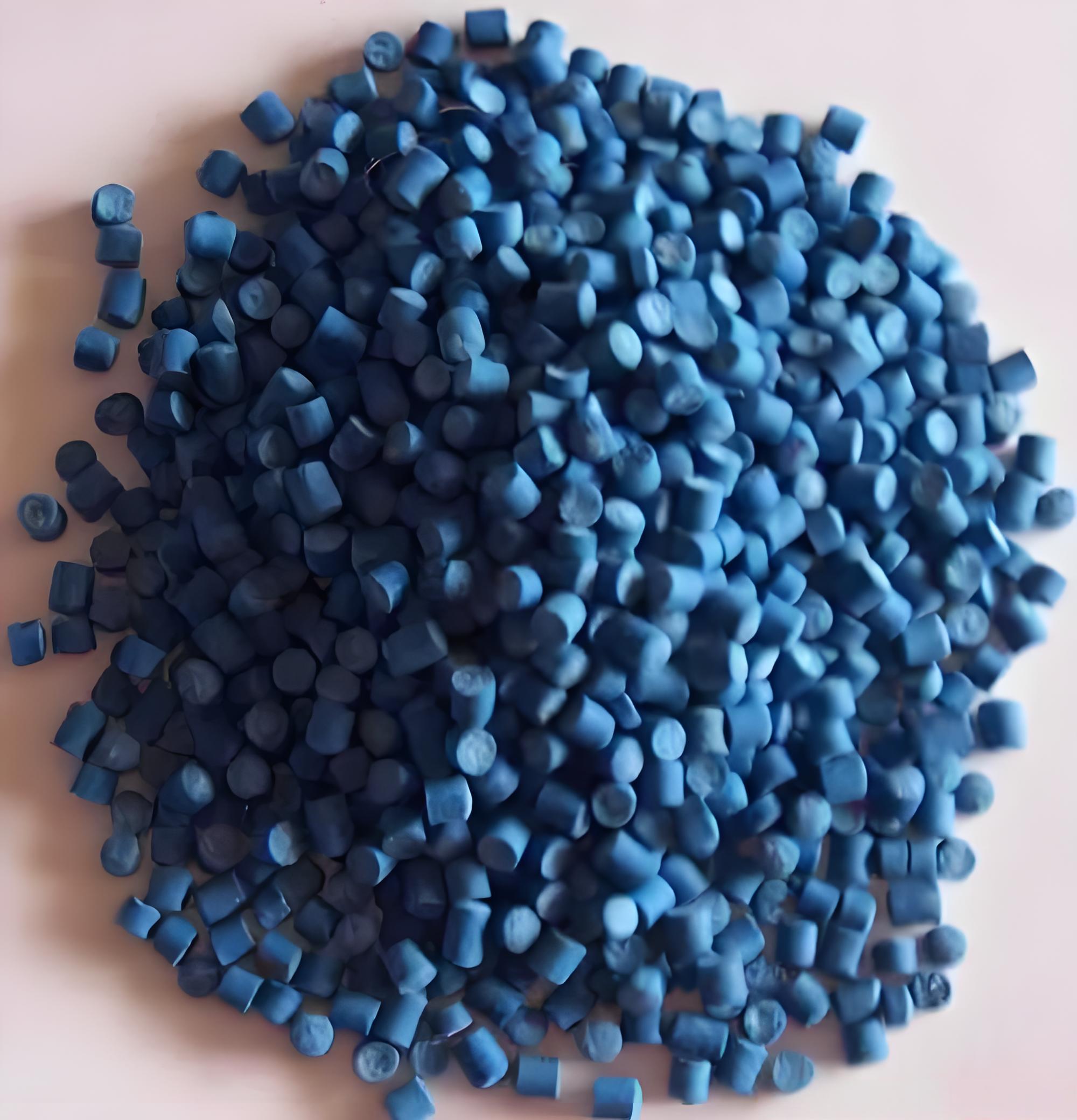
TPE’s rubbery charm comes from its dual nature: soft and grippy, yet meltable for easy shaping. But that surface texture? It can snag oils, dust, and spills more than sleek plastics. Imagine the material as a welcoming sponge for everyday grime—porous enough to invite trouble, smooth enough to fight back with the right prep. Early on, I molded TPE soles for outdoor gear; they picked up mud fast, frustrating hikers. A surface tweak later, and they shed dirt like water off a duck. Not all TPE bows to filth; understanding why some do unlocks cleaner, longer-lasting parts.
Unpacking the Dirt Dilemma: Why TPE Can Seem Soiled
Dirt sticks to TPE because of its surface energy and micro-texture. Low-energy surfaces repel water but hug oils—think greasy fingerprints blooming on a matte finish. Unlike glossy ABS that sheds smudges, TPE’s soft domains create tiny valleys where particles nestle. Add plasticizers that migrate over time, and you get a tacky film inviting more crud.
In humid spots or oily shops, this worsens. Sweat, lotions, or machine lubricants seep in, staining like ink on blotting paper. I’ve sliced cross-sections under microscopes; contaminants burrow shallow but stubborn, especially in softer grades below 50 Shore A. Why? Softer TPE deforms under touch, embedding dirt deeper.
But here’s the rub—not all TPE dirties equally. Styrenic types resist better than polyolefin blends, thanks to tighter molecular packing. Environmental factors amplify: UV exposure blooms chalky residues, accelerating soil visibility. One humid summer run for bath mats? Parts yellowed and grimed overnight from bath oils. Switched to UV-stabilized grades—problem faded.
Cause and effect chain: High filler loads for cost-cutting roughen surfaces, trapping dust. Poor compounding leaves oily residues. Processing scars from mold release agents attract grime too. It’s a sneaky buildup—starts invisible, ends embarrassing.
Surface Science: The Real Dirt Magnet
TPE surfaces mimic skin—porous, adaptive, but vulnerable. Hydrophobic yet oleophilic, they bead water but suck in lipids. Contact angle tests I’ve run show 90-110 degrees for water, meaning partial wetting, but oils spread flat. Dust particles, often hydrophobic, bond via van der Waals, clinging like burrs.
Micro-roughness from extrusion or molding amplifies this. Ra values over 1 micron? Dirt highway. Smoother finishes via polished molds or post-treatments fight back. Personal tweak: For a consumer electronics client, we tumble-polished parts post-mold—dirt resistance soared, feel stayed plush.
Additives play hero or villain. Slip agents ease processing but bloom, creating slick films that grab particulates. Plasticizers leach, softening surfaces tackily. Blooming? White haze from migration, mistaken for dirt but actually material betrayal.
| Surface Factor | Effect on Dirt Pickup | Mitigation Hint |
|---|---|---|
| Micro-Texture | Traps particles in valleys | Polish molds finer |
| Plasticizer Migration | Creates tacky film | Use non-migrating types |
| Filler Content | Roughens, embeds grime | Opt for smoother silicas |
Material Variations: Which TPE Stays Cleaner?
Not created equal, TPE families vary in filth-fighting. SEBS-based shine for low tack, resisting fingerprints in grips. Polyurethane TPEs? Tough against abrasives but stain from dyes. Olefin blends cheap out but soil fast in greasy apps.
Durometer matters—firmer 70+ Shore A sheds better, less deformation under rub. Softer? Like putty, molding dirt in. I’ve compared: 30A TPE keypads grimed in offices; 60A versions laughed off coffee spills.
Color impacts perception—whites show stains starkly, blacks hide. Translucents? Ghostly smudges haunt. Custom colors with pigments bind tighter, less migration.
Bio-additives? Emerging, but some plant oils increase oleophilicity, worsening dirt. Stick to synthetics tuned for cleanliness.
Case in point: Automotive interior trims. Early olefin TPE dashboards filmed with skin oils; switched to hydrogenated styrenics with anti-bloom packs—cleaned with a swipe, lasted years.
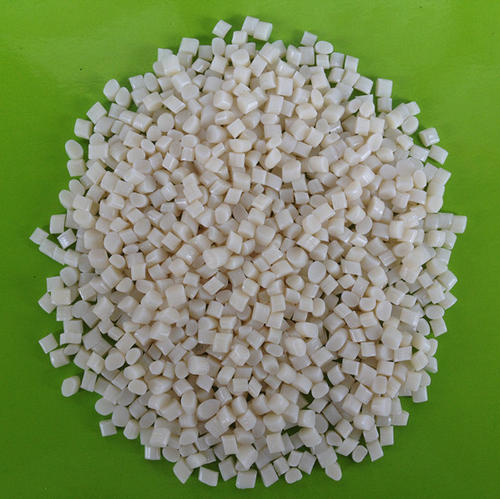
Testing the Grime: How We Gauge Resistance
Lab life: Wipe tests with IPA mimic cleaning; soiled panels dunk in dirt slurries, then rinse. Visual grading or gloss loss quantifies. ASTM D543 for chemical resistance? TPE holds, but oils linger.
Accelerated aging chambers blast UV, humidity, contaminants—mimicking years in months. I’ve watched parts cycle: Unguarded TPE hazes, guarded stays crisp.
Field trials beat sims. Deployed TPE handles in kitchens; after months, softer grades tackied, firmer endured. User feedback? Crucial—feels clean or filthy?
| Test Method | What It Measures | Insight Gained |
|---|---|---|
| Wipe Resistance | Smudge removal ease | Tackiness level |
| Soil Adhesion | Particle retention | Surface energy |
| Bloom Testing | Additive migration | Long-term film |
Real-Life Grime Battles: Lessons from the Field
Recall a fitness gear project—dumbbell covers in TPE. Gym sweat and chalk turned them ashy fast. Root? Plasticizer bleed. Reformulated with polymeric softeners; now they wipe clean mid-workout, grippy sans grit.
Medical devices? Sterile demands no soil traps. TPE tubing for IVs—oils from handling stained; silicone coating layered on, repelling like oil on water. Patients noticed the pristine feel.
Consumer toys: Kiddie grips dirtied playgrounds. Added anti-soiling masterbatches—silicone blooms controlled, dirt rolled off. Parents raved; sales spiked.
Outdoor seals? UV grime cocktail. Stabilized TPE with HALS—hindered amine light stabilizers—kept surfaces vital, shedding pollen and rain stains.
Challenges persist: High-use areas wear textures smooth then tacky. Solution? Durable topcoats.
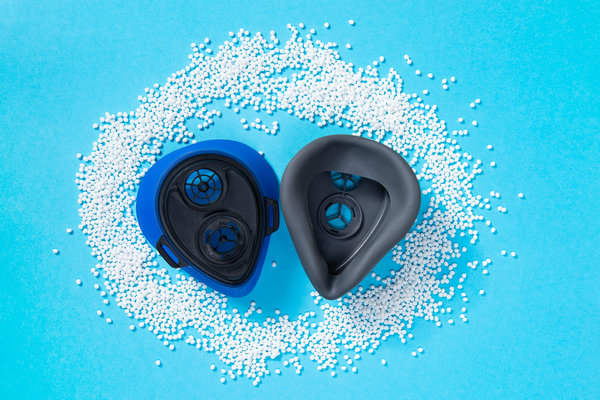
Fighting Back: Strategies to Keep TPE Spotless
Surface treatments transform. Plasma etching roughens selectively for grip sans traps, or deposits hydrophobic layers. I’ve applied fluoropolymer sprays—beading oils away, clean as glass.
Coatings rule: Urethane overcoats add gloss, barrier against ingress. UV-curable versions bond molecularly, no peel.
Additives arsenal: Anti-static agents dissipate dust attraction; hydrophobic waxes bloom minimally. Non-phthalate plasticizers stay put, no tack.
Processing hacks: Optimized mold temps minimize flow marks—smoother starts cleaner. Post-mold tumbling or vapor smoothing evens textures.
Design smarts: Rounded edges shed drips; textures directional for self-cleaning. Avoid deep ribs trapping gunk.
For overmolds, substrate prep—flame treatment—ensures clean interfaces.
One win: Kitchen utensil handles. Combined coating with firmer TPE core—dirt-proof, dishwasher tough. Chefs gripped confidently, no slips on sauce.
Application-Specific Dirt Defenses
Consumer electronics: Matte anti-fingerprint grades. Feel the silkiness—smudges vanish.
Automotive: Interior TPE resists VOCs, easy-wipe for dashboards.
Medical: USP Class VI with low extractables—stays pristine sterile.
Footwear: Abrasion-resistant soles with dirt-shedding treads.
Industrial hoses: Oil-resistant blends laugh at lubricants.
Each niche demands tailored TPE—dirt resistance baked in.
Long-Term Care: Maintaining That Fresh Look
Users: Mild soap wipes, avoid abrasives. Harsh chemicals? Degrade coatings.
Manufacturers: Spec cleanroom compounding, sealed packaging.
Recycling note: Dirty TPE? Pre-wash pellets, or contamination cycles back.
Sustainability: Durable TPE means less replacement grime.

Perception vs. Reality: Why TPE Feels Dirtier
Visual bias—soft textures highlight specks plastics ignore. But test it: TPE often cleans easier than rigid rubbers.
I’ve felt the difference—grimy at glance, sparkling post-wipe.
Innovations on the Horizon
Nano-coatings self-clean, photocatalytic TPE zaps organics under light. Bio-inspired lotus effects repel universally.
Smart additives sense soil, migrate repellents. Exciting frontier.
Embracing TPE’s True Nature
TPE isn’t doomed to dirt; it’s a canvas for cleanliness ingenuity. From my trials, smart choices yield parts that stay inviting, functional. Experiment, test, refine—your applications deserve that spotless edge.
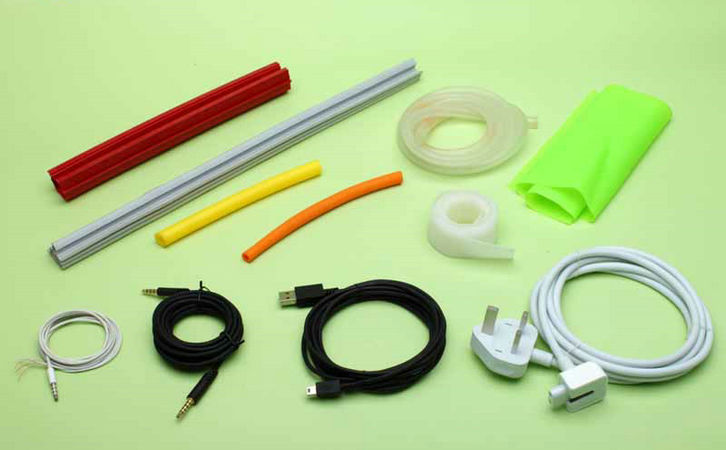
Frequently Asked Questions
Does all TPE attract dirt equally? No—firmer, styrenic types resist better than soft olefin blends. Texture and additives tip the scales.
How can I make TPE easier to clean? Apply hydrophobic coatings or use slip-resistant additives. Wipes with isopropyl work wonders without damage.
Why does TPE get tacky and pick up lint? Plasticizer migration softens surfaces over time. Choose stable formulations to keep it fresh.
Is TPE dirt resistance better than silicone? Depends—silicone sheds oils superbly but costs more. TPE catches up with treatments, at lower price.
Can dirt affect TPE performance? Yes, embedded abrasives wear it faster. Regular cleaning preserves flex and strength.
What household cleaners are safe for TPE? Dilute dish soap or alcohol wipes. Skip bleach—it yellows and cracks.
For outdoor TPE, how to combat UV dirt buildup? UV stabilizers plus anti-soiling agents. Rinse often; they stay vibrant longer.

